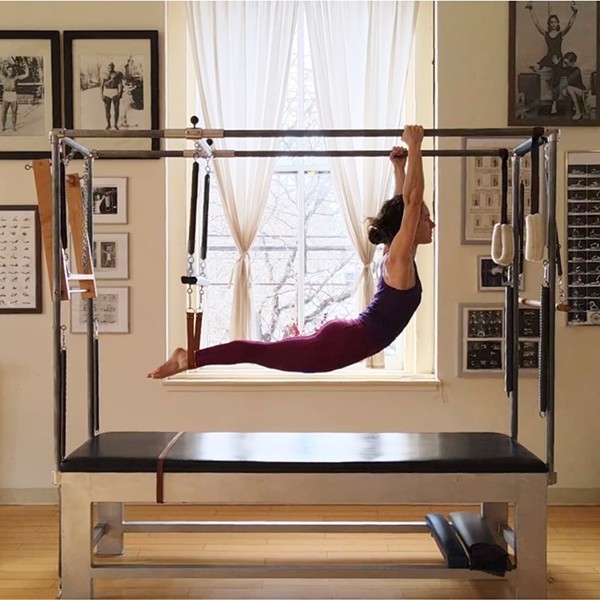Fruits and vegetables. According to a 2004 analysis of more than 100 foods by scientists at the US Department of Agriculture, berries and beans have particularly high concentrations of antioxidants. The pigments that account for the varied colors of vegetables and fruits have antioxidant properties, so it’s a good idea to eat fresh produce every day from as many parts of the color spectrum as you can.
Olive oil. This monounsaturated fat contains an anti-inflammatory substance called squalene and antioxidant compounds such as flavonoids and polyphenols. Make extra-virgin olive oil your primary cooking oil; it’s less processed than other kinds of olive oil and has more antioxidant activity.
Turmeric. The low rate of Alzheimer’s disease in India may be partly due to daily consumption of turmeric there. The yellow spice, which is a major ingredient in Indian curries and American mustard, is a powerful anti-inflammatory agent. Consider flavoring more of your food with it.
Green tea. A recent study of some 1,000 Japanese people aged 70 or older found that those who drank at least two cups of green tea a day were 54 percent less likely to have cognitive difficulties than those who had three cups or fewer a week. The antioxidants in this beverage are probably responsible for its brain-protective effects.
Here’s a list of the top 20 food sources of antioxidants, based on their total antioxidant capacity per serving size:
• Wild blueberries
• Pinto beans
• Blueberries
• Cranberries
• Artichoke hearts
• Blackberries
• Prunes
• Raspberries
• Strawberries
• Red Delicious apples
• Granny Smith apples
• Pecans
• Sweet cherries
• Black plums
• Russet potatoes
• Black beans
• Plums
• Gala apples
THE BRAIN-BOOSTING BENEFITS OF PHYSICALLY ACTIVITY
A number of large studies show that older people who get regular exercise are more likely to keep their minds sharp. For example, a study of nearly 6,000 women age 65 or older found that those who walked the most blocks per week had a 34 percent lower risk of cognitive decline than those who walked the fewest blocks. Other research has found that exercise programs involving both aerobic exercise (like walking) and strength training produced better results on cognitive abilities than either activity alone. Exercise improves blood flow and oxygen delivery to the brain, and may spur the formation of new brain cells. For optimum health, include aerobic exercise, strength training, and flexibility and balance exercises.
MAXIMIZING MEMORY SKILLS
Evidence shows that memory-training programs work. In the first study of its kind, carried out at the UCLA Memory and Aging Research Center, people improved their cognitive function and brain efficiency by making the kinds of lifestyle changes described in our Healthy Brain program, such as including physical activity, sensible eating, stress reduction, and memory exercises.
Look, snap, and connect are three foundational steps of the Healthy Brain memory techniques. Look reminds you to focus your attention, especially when new information is presented. Consciously absorb the details and meanings from a new face, event, or conversation. The most common explanation for memory loss is that the information never gets into your mind in the first place, usually because you are distracted, not interested, or multitasking. Look is a skill that involves all five senses, not just vision; hearing, smell, touch, and taste also contribute to effective learning.
Try this: Take out several frequently used objects (such as keys, eyeglasses, and a hairbrush), place them on a table, and stare at them, one at a time. Pay attention to details you never noticed before. You will find quite a few. (Tip: Think of your brain as a sponge—you want to absorb as many details as possible to augment your memory skills.)
Snap reminds you to create a mental snapshot or visual image of the information to be remembered. As you picture this image in your mind’s eye, add details to give the snapshot personal meaning—and thus make it easier to learn and recall later.
Try this: Visualize each of the following but alter them slightly so they become unusual in some way: football, rock star, orange, car. (Tip: To help develop effective learning and recall techniques, you need to rekindle the natural creative instincts you had as a child.)
















